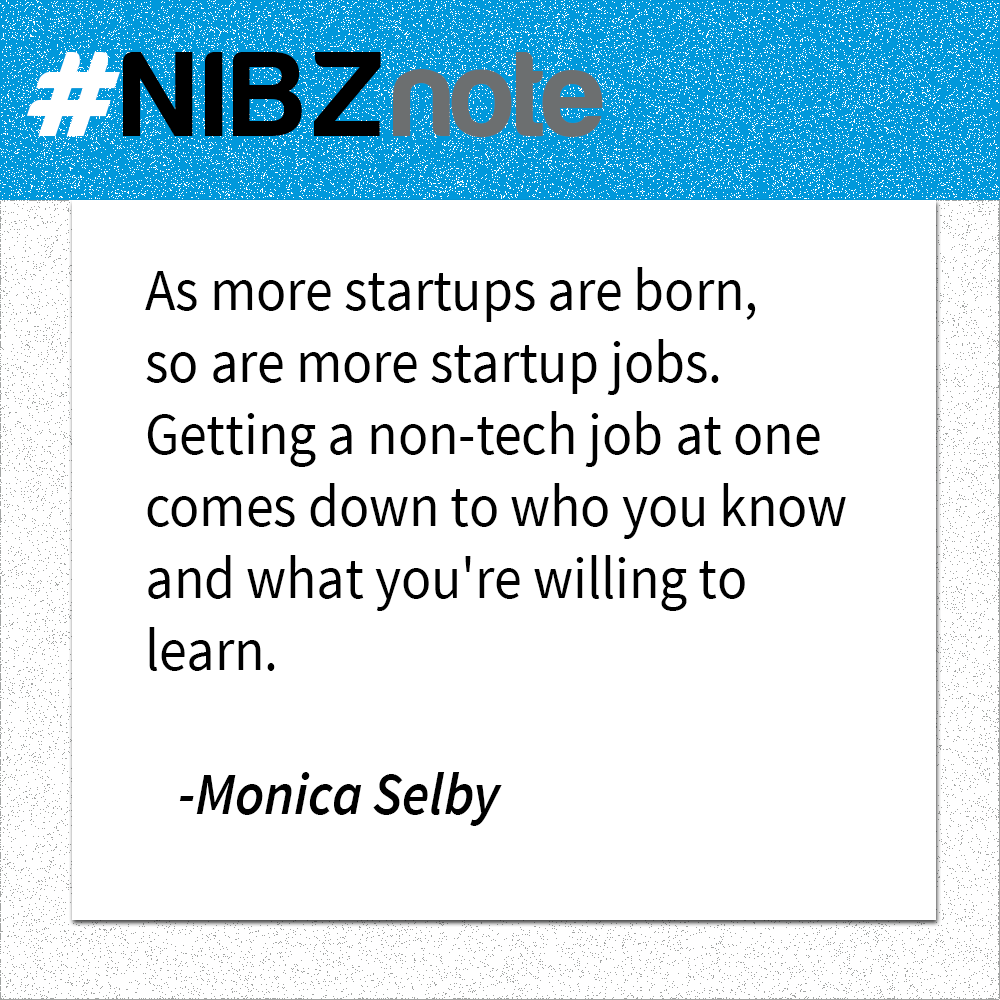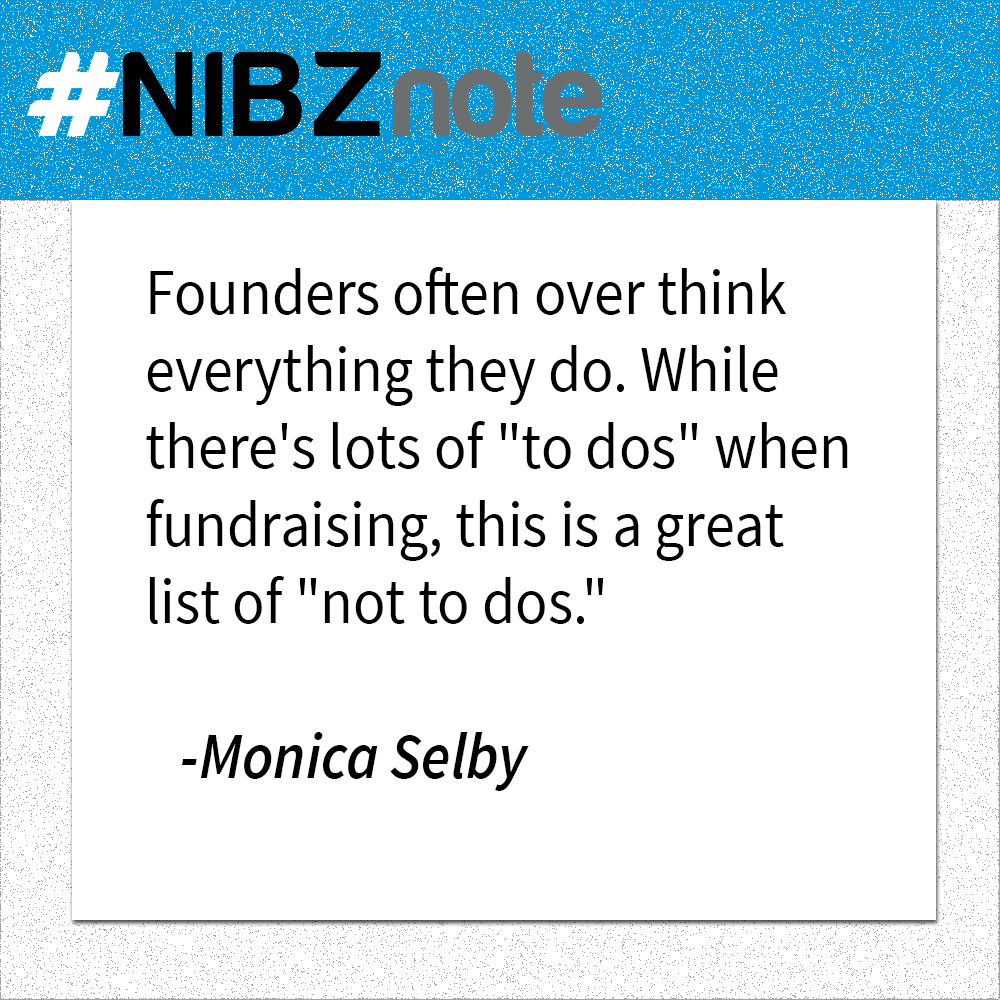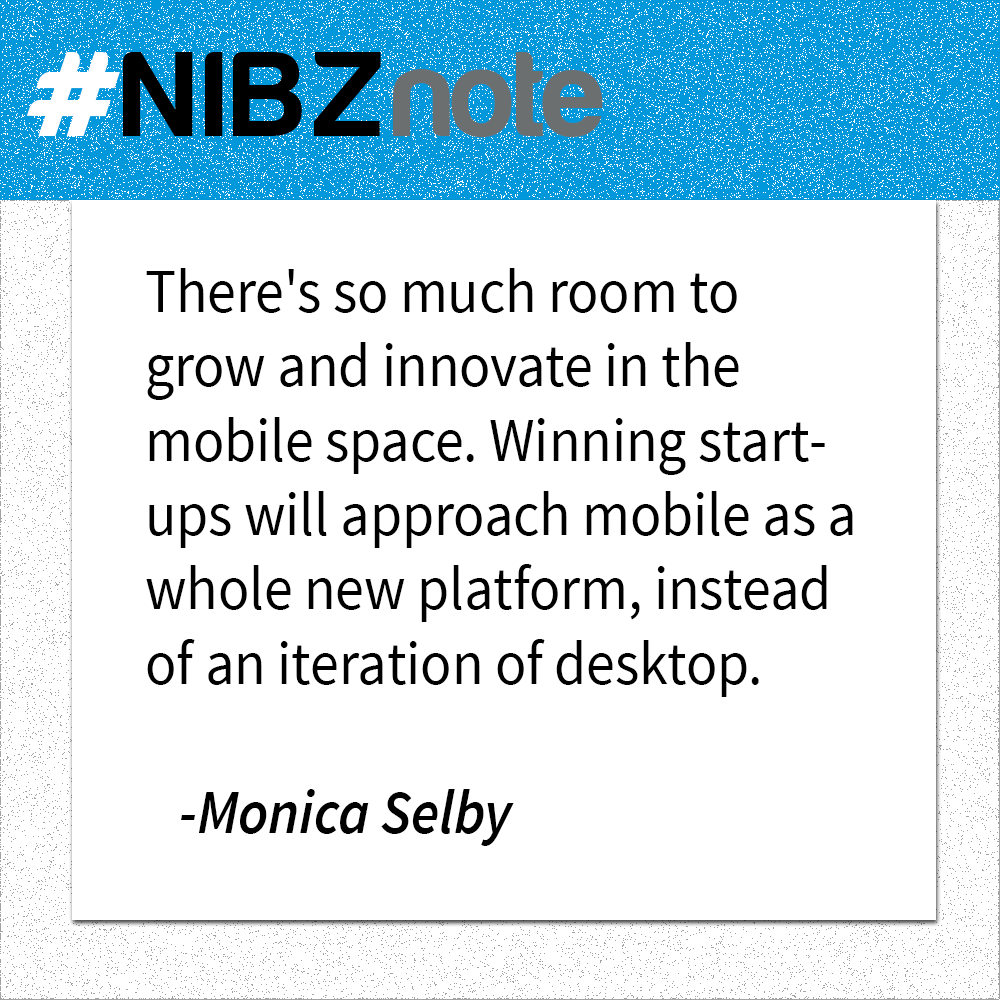
My wife, Erin, and I celebrated our daughter Violet’s first birthday recently. We joked that the celebration was really for us surviving a whole year with an infant. If you have kids, then you know exactly what I mean. That first year wasn’t pretty, but boy was it worth it!
In 365 days, Violet transformed from what I endearingly call her helpless, alien-looking newborn days, to a walking, babbling, playful, and extraordinarily cute baby girl (see proof below).

Looking back on 2013, I find there are many similarities between raising a 1-year-old and launching new marketing campaigns. Both require a significant time investment. Both require realistic expectations about results to avoid frustration. And there’s no question both are well worth the investment.
Recognizing these similarities will ensure you create a more realistic marketing plan and should help you push through the inevitable rough patches in 2014.
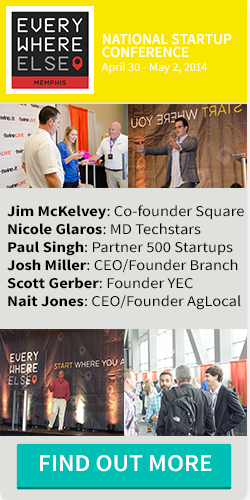 Invest the Time Required
Invest the Time Required
Everyone knows babies need a LOT of attention. And even when they sleep, most new parents find it hard to relax. Then, as the infant grows, she starts to sleep through the night, hold her own bottle, and even play by herself. I found the first three months were the most stressful and required the most investment of time, but each subsequent month became easier and easier.
The same is true when launching a new marketing campaign. Let’s use Google AdWords as an example. When you set up a new AdWords campaign, you need to realize the first few months are going to be the most stressful and time consuming. There’s going to be a lot of trial and error to figure out what works for your particular “baby.” Sure, there are commonalities among top-performing ad campaigns across different industries and offers — just like every infant needs sleep, clean diapers and food. But you won’t figure out the specifics, like the best time of the day to run your ads or the best ad copy and bid for a particular keyword, until you and your baby have spent some quality time together.
You need to realize that the first three months of a new marketing campaign are going to be tough. This is true whether you’re implementing in-house or outsourcing to a marketing company. It’s going to be stressful and you need to commit the time required to learn what works in your particular market.
As a result, you also need to be realistic about how many new campaigns you can launch in a year. I can’t imagine having another newborn right now. I’m simply not ready for the time commitment. With that in mind, take a look at your 2014 marketing plan and make sure you’re not spreading yourself too thin by launching too many campaigns. It’s always better to get one campaign working before moving on to a second one. Otherwise, you could just end up babysitting a bunch of failed campaigns.
Set Realistic Expectations
I believe the biggest cause of frustration with online marketing comes from unrealistic expectations. We now live in a world where we all want instant gratification. I frequently hear stories about businesses that unsuccessfully tried Google AdWords, search engine optimization (SEO), social media, email marketing, or some other tactic. When I pry, I learn that the business “tried” for a month or two. That’s the equivalent of getting upset because your baby is not walking at 6 months old!
To be clear, I’m not saying you should continue to invest in a losing marketing campaign. However, as a general rule of thumb, I find that most businesses give up too quickly because they don’t have realistic expectations about how long it will take to see significant results.
For example, last month we sold 85 seats to our Google Analytics training by sending a couple emails to our in-house email list. Clearly, email marketing works. I could go on and on about all the benefits of email marketing, but I don’t need to. The sales speak for themselves. However, we worked very hard over the past three years to build our email database, form a strong relationship and continuously provide value to our subscribers. There’s no way we could have sold 85 seats if we had just started using email marketing in the past 6–12 months. That’s about as realistic as Violet reading one of her books tonight.
Be more realistic with your sales projections from online marketing. SEO, social media, and email marketing are all long-term marketing tactics. AdWords advertising can generate sales within hours, but it will typically take months to dial in your advertising so that you’re consistently generating a positive return. The most successful businesses use a long-term portfolio approach to marketing, similar to savvy investors.
Focus on Incremental Improvements
Up to this point, I realize I haven’t painted a very rosy picture. Maybe I’m a little cranky from so many sleepless nights with Violet this past year.
But seriously, I do believe businesses need to hear this if they are going to succeed in 2014. Competition is fierce, and I’m sorry to say that the days of “set-it-and-forget-it” online marketing campaigns are over. The businesses that take a long-term approach and implement pig-headed discipline will come out on top.
I’ll never forget the day in Central Park when Violet started walking on her own for the first time. It took almost a year to go from rolling over, to crawling, to walking. Every day she improved just a little bit more, until finally it all clicked, and she toddled away from me while uncontrollably laughing.
That’s the approach we all need to take with our marketing. Don’t expect overnight miracles. Focus on incremental improvements in your online marketing campaigns throughout the year.
Phil Frost is a Co-Founder and Managing Partner of Main Street ROI in New York, NY. Main Street ROI teaches internet marketing strategies that actually work for small businesses. Click here to get the Ultimate SEO Checklist to help you rank higher in Google.
The Young Entrepreneur Council (YEC) is an invite-only organization comprised of the world’s most promising young entrepreneurs. In partnership with Citi, YEC recently launched StartupCollective, a free virtual mentorship program that helps millions of entrepreneurs start and grow businesses.






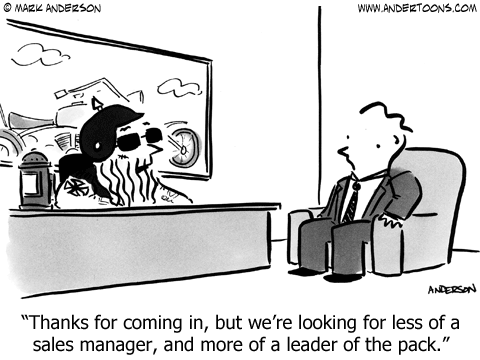



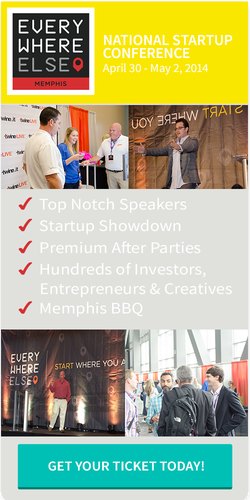

 Last year, three friends and I decided to make the plunge and embark onto the journey of building our tech startup
Last year, three friends and I decided to make the plunge and embark onto the journey of building our tech startup 

